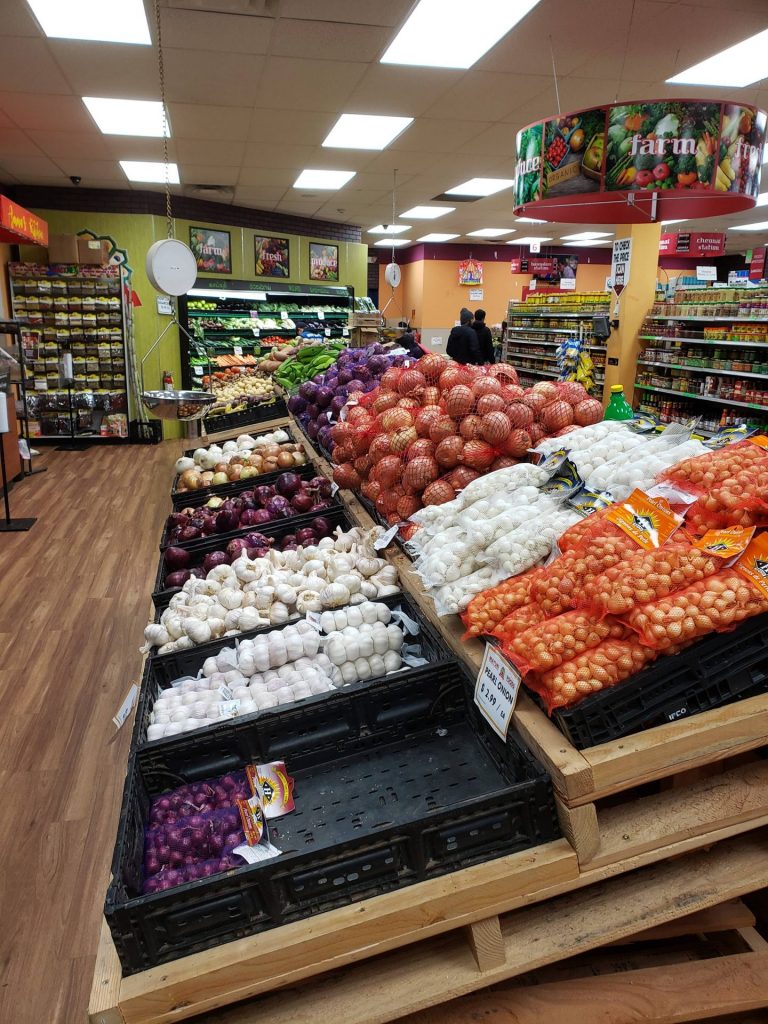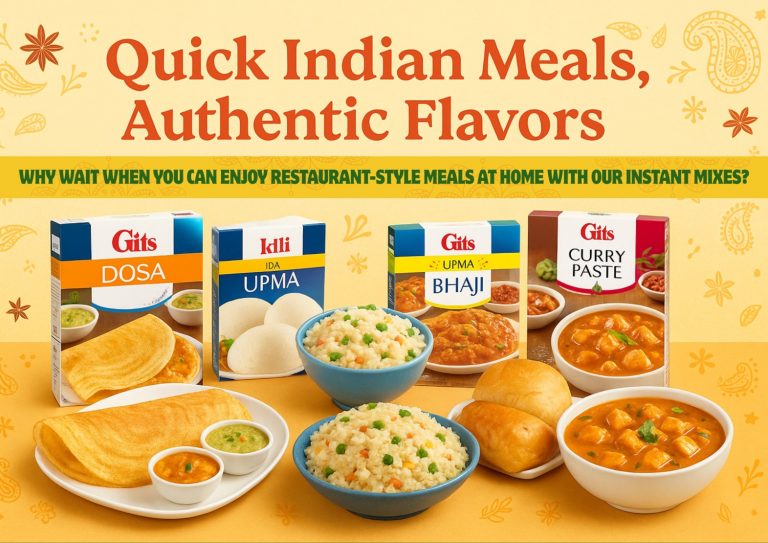Understanding Indian Grocery Labels: Navigating Packaging and Terminology
Embarking on a culinary adventure into the world of Indian cuisine is an exciting journey. However, one of the initial challenges you may encounter is deciphering the intricacies of Indian grocery labels. The Indian culinary landscape is vast, and Indian grocery labels can sometimes seem overwhelming, especially when you’re exploring options from an Indian grocery online store like Mayuri International or contemplating Indian grocery home delivery services. In this blog, we’ll unravel the secrets behind Indian grocery labels, providing you with the knowledge you need to make informed choices when shopping for Indian groceries online and finding Indian grocery home delivery options near you.
Why Deciphering Indian Grocery Labels Matters
Understanding Indian grocery labels is crucial for several reasons, whether you’re shopping for organic food or everyday ingredients:
Dietary Preferences: Whether you follow a specific diet or have dietary preferences like vegetarianism or veganism, knowing how to read Indian grocery labels helps you choose products that align with your dietary needs.
Quality Assurance: Deciphering labels allows you to gauge the quality of products, ensuring they meet your standards for freshness, authenticity, and, in some cases, organic certification.
Ethical Choices: Many consumers today are concerned about ethical practices such as fair trade and sustainable sourcing. Decoding labels helps you support products and brands that align with your ethical values.
Key Terminology on Indian Grocery Labels
Let’s start by breaking down some common terminology you’ll encounter on Indian grocery labels:
Ingredients List: Similar to labels in other countries, Indian grocery labels list ingredients in descending order of quantity. This list is invaluable if you’re looking for a specific ingredient or trying to avoid certain substances.
Nutrition Information: This section provides details on the nutritional content of the product, including calories, fats, carbohydrates, proteins, vitamins, and minerals. Pay attention to serving sizes for accurate assessments.
Best Before/Use By Date: Indian labels often include both “Best Before” and “Use By” dates. “Best Before” indicates when a product is at its optimal quality, while “Use By” signifies the date until which the product is safe to consume.
FSSAI License Number: The Food Safety and Standards Authority of India (FSSAI) issues licenses to food manufacturers. This number ensures that the product complies with safety and quality standards.
Packaging Styles in Indian Grocery Labels
Indian grocery labels come in various packaging styles, each with its significance:
- Bulk or Loose Packaging: Often found in Indian grocery online stores, products like grains, legumes, and spices may be available in bulk bins. This allows you to purchase the quantity you need, reducing waste.
- Glass Jars and Bottles: Many Indian condiments, pickles, and sauces come in glass containers. These are often reusable for storage or repurposing.
- Pouches and Packets: Common for items like masalas (spice blends) and instant mixes. These are convenient and may be resealable.
- Tin Cans: Some canned products, such as canned vegetables or ghee (clarified butter), come in tin cans. Always check for expiration dates.[ctct form=”3088″ show_title=”false”]
Deciphering Labels for Indian Grocery Online and Home Delivery
Whether you’re shopping for Indian groceries online or exploring Indian grocery home delivery options, here’s how to navigate Indian grocery labels:
- Prioritize Ingredients: Focus on the ingredients list to ensure the product aligns with your dietary needs and preferences.
- Check Expiration Dates: Be aware of the “Best Before” and “Use By” dates to maintain product freshness.
- Support Ethical Practices: Look for labels indicating fair trade or sustainable sourcing if these values are important to you.
- Shop at Reputable Stores: When opting for Indian grocery online shopping or Indian grocery home delivery, choose trusted stores like Mayuri International that curate their products with quality in mind.
Understanding Indian grocery labels is a valuable skill that empowers you to make choices that match your dietary, ethical, and nutritional preferences, whether you’re exploring organic food or traditional Indian ingredients. Whether you’re shopping for Indian groceries online or opting for Indian grocery home delivery services, this knowledge will enhance your culinary journey and shopping experience. Happy label reading, and, more importantly, enjoy your culinary explorations with the convenience of Indian grocery online shopping and home delivery options from Mayuri International! 🛒🍛🔍







